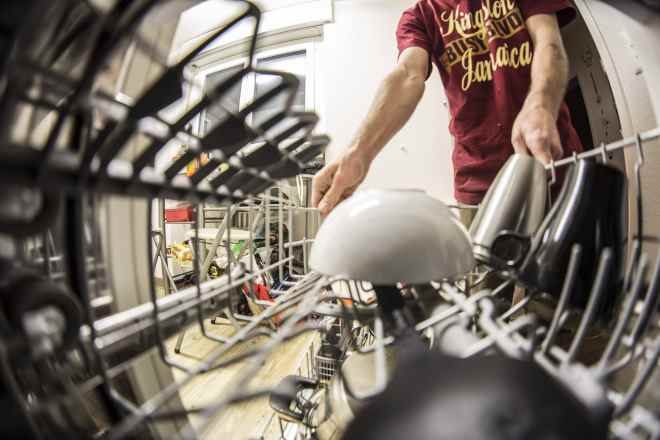Scenes from a Shared Meal
food reviewers often describe dining experiences that blend cultural heritage with modern touches. Their reflections capture the variety found in local markets, casual eateries, and family-run stalls. Observers note that these reviews rarely focus on ranking or comparison but instead explore the textures, aromas, and stories surrounding each dish. Through calm and thoughtful language, many reviewers highlight how food connects people to shared traditions and daily moments. Each account becomes less about critique and more about quiet appreciation for the diversity of flavors.

The art of food criticism transforms when viewed through the lens of communal dining experiences. While restaurant reviews often focus on individual encounters with cuisine, the most memorable food moments frequently occur when meals become shared experiences that connect people across cultures, generations, and circumstances.
Cultural Variety Through Local Dishes That Reflect Shared Traditions
Local dishes serve as edible storytellers, carrying forward generations of culinary wisdom through shared meals. When families gather around tables laden with traditional foods, they participate in an ancient ritual of cultural transmission. These moments reveal how recipes become vessels for preserving heritage, with each ingredient and cooking method representing choices made by countless ancestors. Food critics observing these scenes witness more than flavor profiles—they encounter living history being passed from one generation to the next through the simple act of sharing a meal.
The authenticity found in these traditional shared meals often surpasses that of restaurant interpretations. Home cooks preparing ancestral recipes bring emotional investment and personal history that professional kitchens struggle to replicate. These dishes reflect not just regional ingredients and techniques, but the stories, struggles, and celebrations of entire communities.
Outdoor Moments Where Meals Are Shared Under the Open Sky
Dining outdoors creates a unique atmosphere that transforms both food and fellowship. Whether at family barbecues, community festivals, or impromptu picnics, meals shared under the open sky carry a different energy than indoor dining experiences. The natural setting strips away formal dining conventions, encouraging more relaxed interactions and authentic connections between diners.
These outdoor dining scenes often showcase food in its most unpretentious form. Street food vendors serving hungry crowds, families spreading blankets for park picnics, or neighbors gathering for backyard celebrations all demonstrate how shared meals create community bonds. The informal nature of outdoor dining allows food to fulfill its primary social function—bringing people together without the barriers of formal service or elaborate presentation.
Gentle Reflections on Observing Food Through Experience
The role of a food critic shifts significantly when observing shared meals rather than evaluating individual dining experiences. These moments require a different kind of attention—one that focuses on the interplay between food, people, and environment rather than technical execution or innovative presentation. The critic becomes an anthropologist, studying how food facilitates human connection and cultural expression.
Watching families navigate generational differences over holiday meals, observing friends bond over late-night comfort food, or witnessing strangers become acquaintances through shared appetizers reveals food’s power as a social catalyst. These scenes demonstrate that the most meaningful food experiences often have little to do with culinary sophistication and everything to do with human connection.
The gentle observation of these moments requires critics to step back from judgment and embrace understanding. Rather than evaluating technique or innovation, the focus shifts to documenting how food serves its fundamental purpose of nourishing both body and community. These reflections often reveal that the most profound food experiences occur not in acclaimed restaurants, but in the everyday moments when people choose to share meals with one another.
The Universal Language of Shared Dining
Shared meals transcend linguistic and cultural barriers in ways that individual dining cannot. When people eat together, they participate in a universal human experience that predates written language and formal culture. Food critics witnessing these scenes observe communication that happens through gesture, expression, and the simple act of offering food to another person.
These moments reveal food’s role as a diplomatic tool, capable of bridging differences and creating understanding between diverse groups. Community potlucks, international food festivals, and neighborhood gatherings all demonstrate how shared meals can break down social barriers and create new connections.
The scenes from shared meals ultimately remind food critics that their craft serves a larger purpose than restaurant evaluation. By documenting and reflecting on these communal food experiences, critics help preserve the cultural significance of shared dining and highlight food’s essential role in building and maintaining human community. These observations contribute to a deeper understanding of how food functions not just as sustenance, but as a fundamental element of social cohesion and cultural continuity.




